Search
Search Results
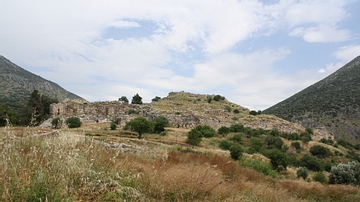
Image
Mycenae
The Citadel of Mycenae, occupied from late Neolithic times until the twelfth century BCE. The Mycenaean civilization was at its peak from 1350-1200 BCE and it is from this period that the fortifications acquired the form seen today.
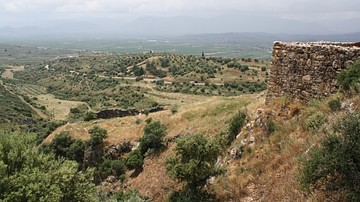
Image
Citadel of Mycenae
The view to the south from the upper citadel of Mycenae looking towards Argos (1350 BCE).
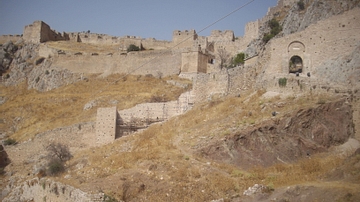
Image
Akrokorinth
Akrokorinth as seen from the second gate
Fortifications dating back to classical times and used continually down to the Venetians
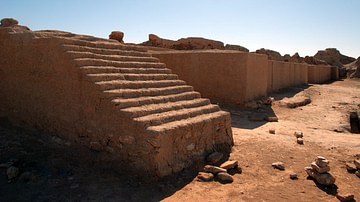
Image
A portion of wall at Mari
A portion of the fortifications at the site of Mari, modern-day Tell Hariri, Syria. Mari's fortifications entered their most advanced stage in the 19th century BCE when the city and the rest of the region were under threat from Amorite invaders...
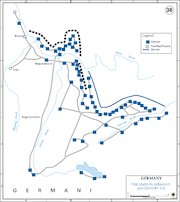
Image
The Limes in Germany
A map of Roman limes, located outside the city of Trier, in present-day Germany.

Video
Frontiers of the Roman Empire (UNESCO/NHK)
The 'Roman Limes' represents the border line of the Roman Empire at its greatest extent in the 2nd century AD. It stretched over 5,000 km from the Atlantic coast of northern Britain, through Europe to the Black Sea, and from there to the...

Video
Roman Walls of Lugo (UNESCO/NHK)
The walls of Lugo in northern Spain were built in the later part of the 3rd century A.D. to defend the Roman town of Lucus. The entire circuit survives intact and is the finest example of late Roman fortifications in western Europe. Source...
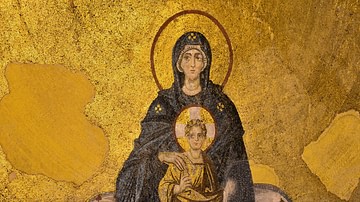
Definition
Byzantine Empire
The Byzantine Empire existed from 330 to 1453. It is often called the Eastern Roman Empire or simply Byzantium. The Byzantine capital was founded at Constantinople by Constantine I (r. 306-337). The Byzantine Empire varied in size over the...

Definition
Third Crusade
The Third Crusade (1189-1192 CE) was launched to retake Jerusalem after its fall to the Muslim leader Saladin in 1187 CE. The Crusade was led by three European monarchs, hence its other name of 'the Kings' Crusade'. The three leaders were...
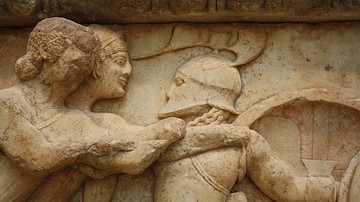
Definition
Ancient Greek Warfare
In the ancient Greek world, warfare was seen as a necessary evil of the human condition. Whether it be small frontier skirmishes between neighbouring city-states, lengthy city-sieges, civil wars, or large-scale battles between multi-alliance...